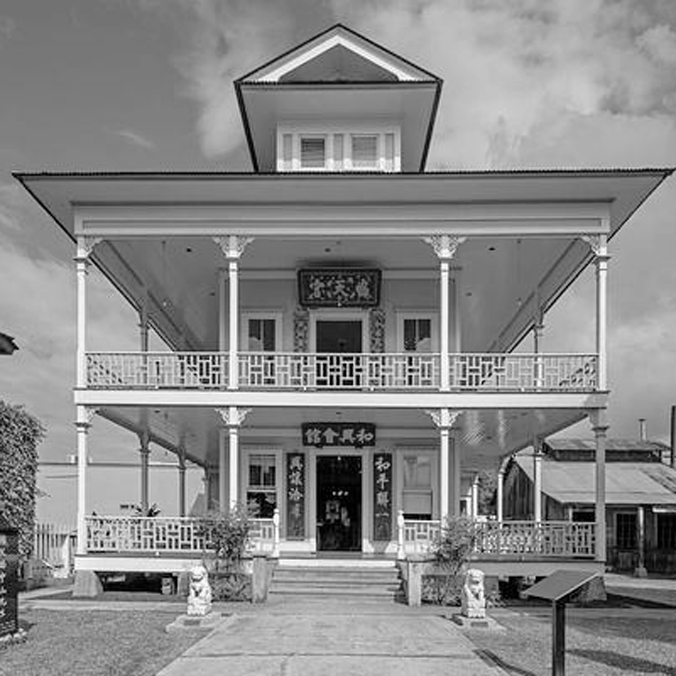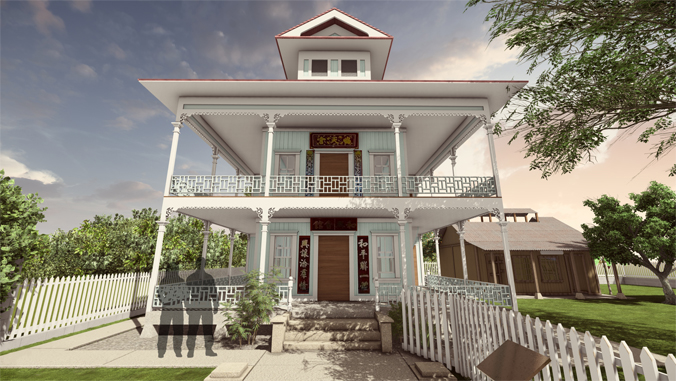UH Students Digitally Restore Historic Lahaina Buildings Lost in Maui Wildfires

In the wake of the devastating 2023 Maui wildfires that ravaged the historic town of Lahaina, students at the University of Hawaii at Manoa School of Architecture are using a combination of 3D modeling and artificial intelligence (AI) to digitally restore the town’s architectural heritage. The course, titled “ARCH 490: Rebuilding Lahaina in Mixed Reality,” aims to preserve the memory of Lahaina’s historic buildings and engage the community through virtual sharing.
The wildfires, which broke out in early August 2023, claimed at least 101 lives and left two people missing in Lahaina. The fires destroyed over 2,200 buildings, mostly residential, including many historic landmarks. The damage caused by the Lahaina fire alone is estimated at nearly $6 billion.
In response to this tragedy, the School of Architecture has designed a course that combines traditional architectural skills with advanced technologies such as virtual 3D modeling and AI. Students are learning to digitally reconstruct individual buildings in Lahaina, focusing on preserving the historical and cultural context of the town.
“This project allows students to understand the importance of historical preservation through studying what happened in Lahaina and understanding the human connection to a place/building, or the sense of place,” said Joyce Lin, an architecture student currently enrolled in the course.
ARCH 490 is helping to shape future architects who are equipped with both traditional and cutting-edge skills.
“I think this class has changed the way I look at digital model-making and AI, and I have gained an appreciation for what this could offer for the future of historic preservation,” said Jennifer Rodriguez Flores, also an architecture student currently enrolled in the course.
“Prior to this course, I was not familiar with the concept of AI and the opportunities that it held,” said Michelle Lee, another student taking the course. “However, it has offered a hands-on approach to rebuilding Lahaina through digital modeling and AI to provide an immersive experience to users.”
The students have been working on digitally recreating buildings such as the Wo Hing Society Hall, Masters Reading Room, Baldwin House, and Old Lahaina Courthouse. By incorporating AI and digital model-making, the course has opened new possibilities for preserving architectural history and making it accessible to a wider audience.
“I think that this project is important for architecture students in the sense that it offers us a different pathway. One might think that architecture is all about new designs and new buildings, but sometimes it can be about saving/preserving old ones,” said Karly Tangonan, another student in the course.
The collaborative effort involves Dean William Chapman and Professor Hyoung-June Park from the School of Architecture, as well as Professor Kyung Hoon Hyun, a design computing specialist from Hanyang University in Korea.
The University of Hawaii at Manoa School of Architecture is actively engaged in the life and mission of the university, which is one of the most diverse institutions of higher learning in the United States. The school offers a four-year undergraduate Bachelor of Environmental Design degree, a two or three-year LAAB-accredited Master of Landscape Architecture degree, and a three-year Doctor of Architecture degree, the only accredited architecture degree in Hawaii.

